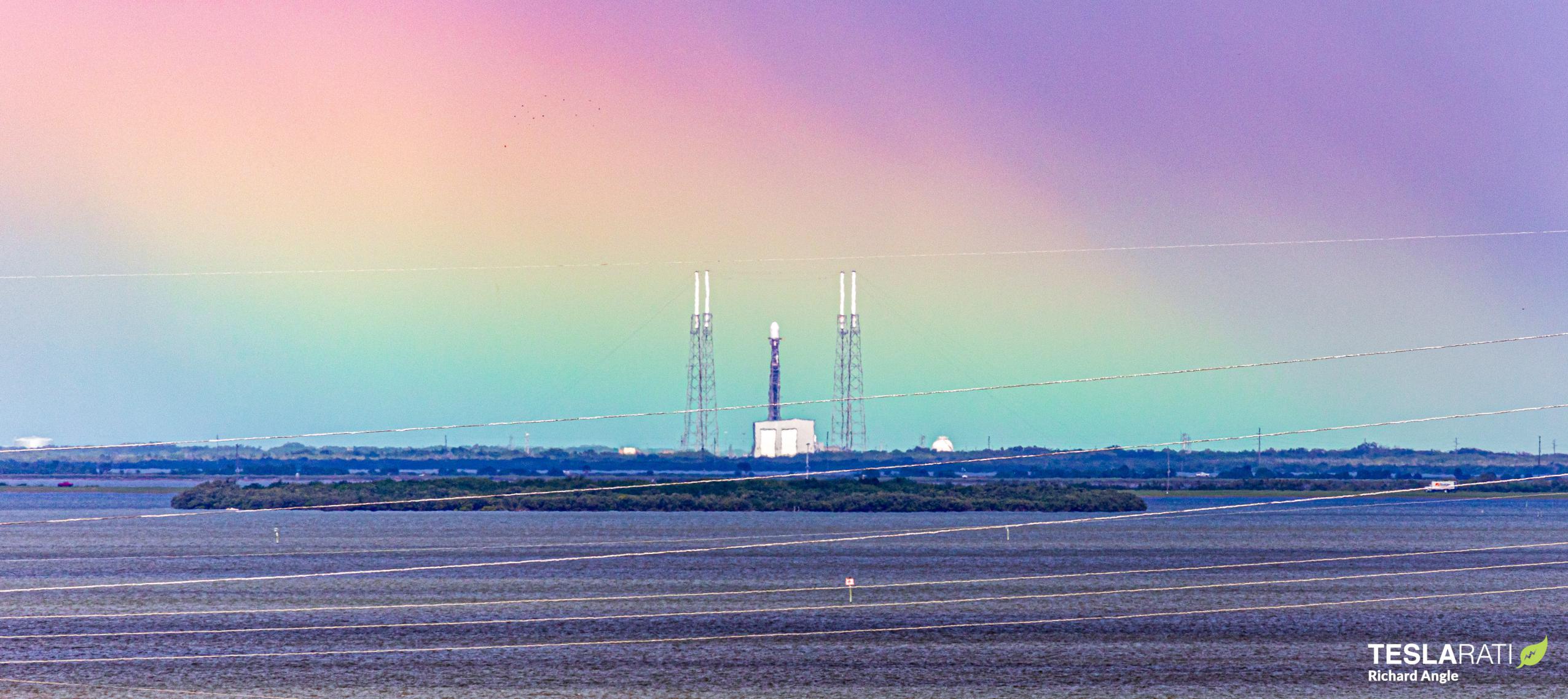
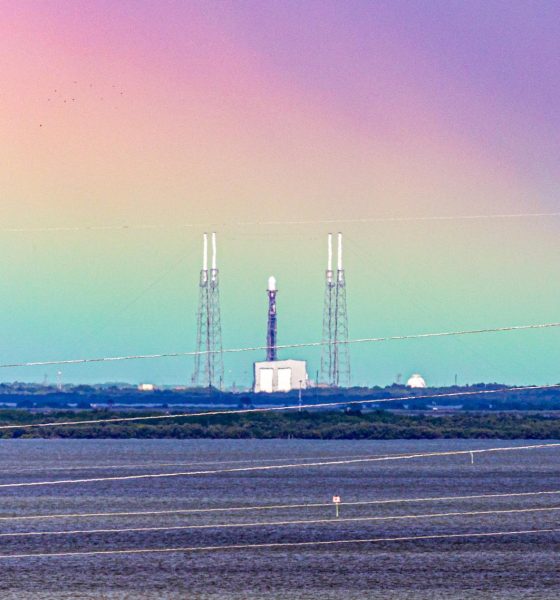
News
SpaceX scrubs Falcon 9’s seventh-flight debut for more “mission assurance”
Update: SpaceX has scrubbed Falcon 9’s seventh-flight debut and the 14th Starlink launch this year to allow more time for “data reviews” and “additional mission assurance” and is now scheduled to launch Starlink-15 no earlier than (NET) 9:34 pm EST (02:34 UTC) Monday, November 23rd.
In a tweet shortly after the decision was made, SpaceX said that both the Falcon 9 rocket and Starlink payload were still healthy, adding a bit of mystery to the decision. On SpaceX’s official mission control audio stream, the Starlink-15 launch director (LD) – most likely Ricky Lim – announced the scrub around T-35 minutes, effectively the deadline for the start of Falcon 9 propellant loading. For whatever reason, SpaceX was not confident enough to commit to launch and LD stated that the scrub had been called to allow for “additional mission assurance” – the second time in recent memory that the company has used that particular industry euphemism.
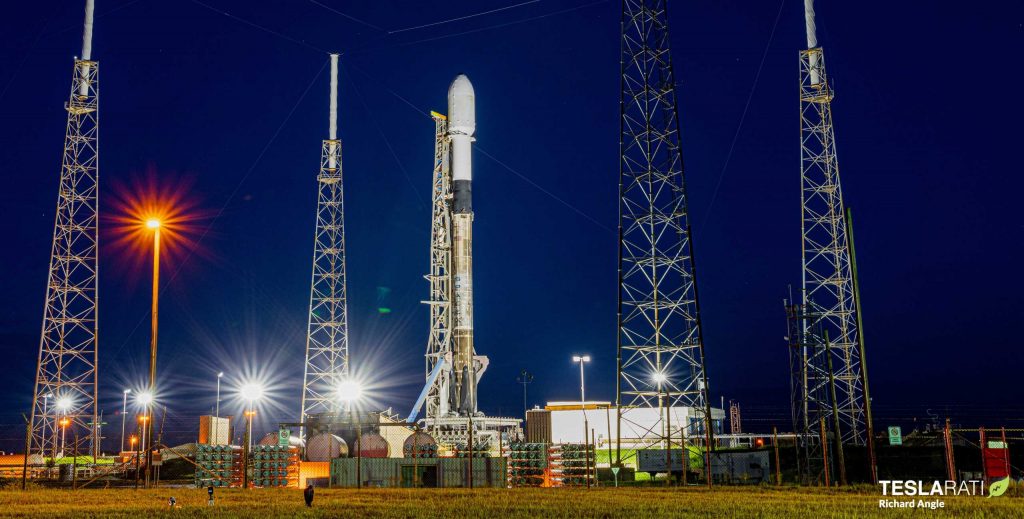
Regardless of the reason, the first seventh flight (sixth reuse) of a Falcon 9 booster is certainly cause enough for caution, as it means that SpaceX is very literally pushing the envelope of orbital-class rocket reusability. Thus far, the company’s record of success during similar first-flight reuse milestones remains flawless – the preservation of which will likely go far to salve the anxieties of more conservative customers like NASA and the US military.
SpaceX says that Starlink-15’s November 23rd backup date may not hold per the threat of bad weather at Falcon 9 B1049’s Atlantic Ocean landing zone several hundred miles downrange. Stay tuned for updates as the company tracks towards what could be its first four-launch month ever.
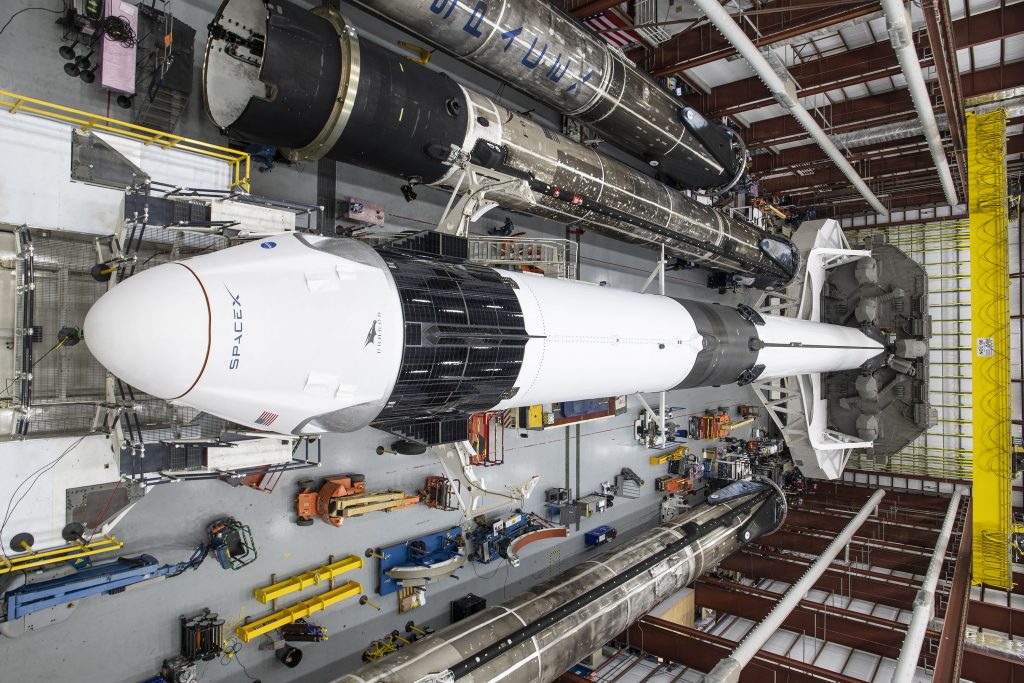
SpaceX has static fired a record-breaking Falcon 9 booster and says it’s ready to launch its 14th Starlink mission this year just a day and a half after sailing past the company’s previous annual launch record.
Set in 2018, SpaceX’s previous annual launch record stood at 21 missions – 20 Falcon 9s and one Falcon Heavy. Now, a little over halfway through November, SpaceX has easily bested itself, launching for the 22nd time to deliver oceanographic satellite Sentinel 6A to a polar orbit on November 21st.
Back on the East Coast, SpaceX fired up six-flight Falcon 9 booster B1049 just five hours after Sentinel 6A’s successful launch, setting the rocket up for its seventh flight – a first for SpaceX and reusable rocketry – in support of Starlink v1.0 Flight 15 (Starlink-15).
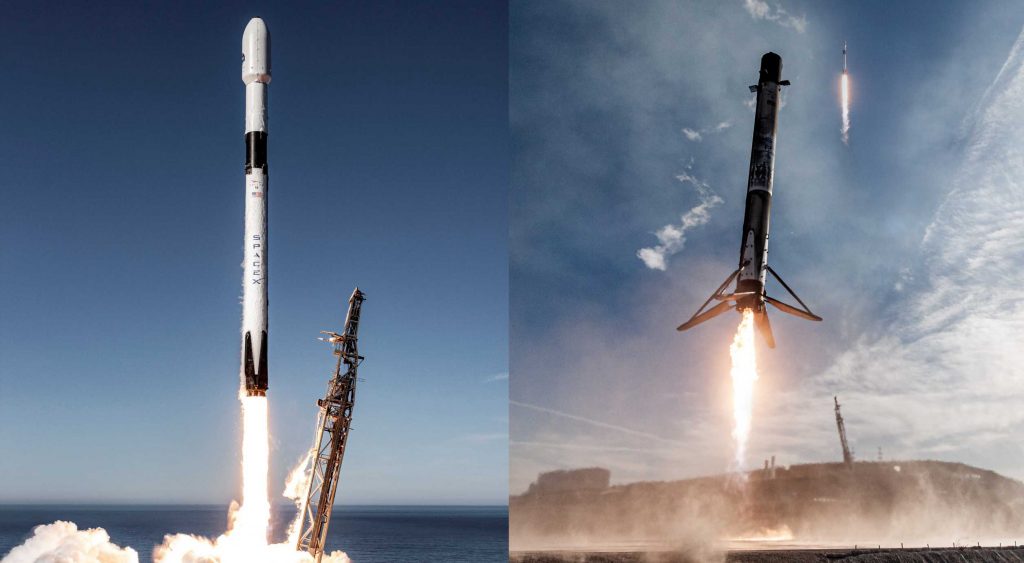
Following an apparent November 20th static fire abort and a brief 24-hour delay, B1049 is now scheduled to lift off no earlier than 9:56 pm EST (02:56 UTC), November 22nd with some 16 metric tons (~35,000 lb) of Starlink communications satellites in tow. Designed to ultimately blanket the Earth in affordable high-quality broadband internet, SpaceX has already begun to roll out a public beta test to what looks like one or several thousand users across the northern US and southern Canada.
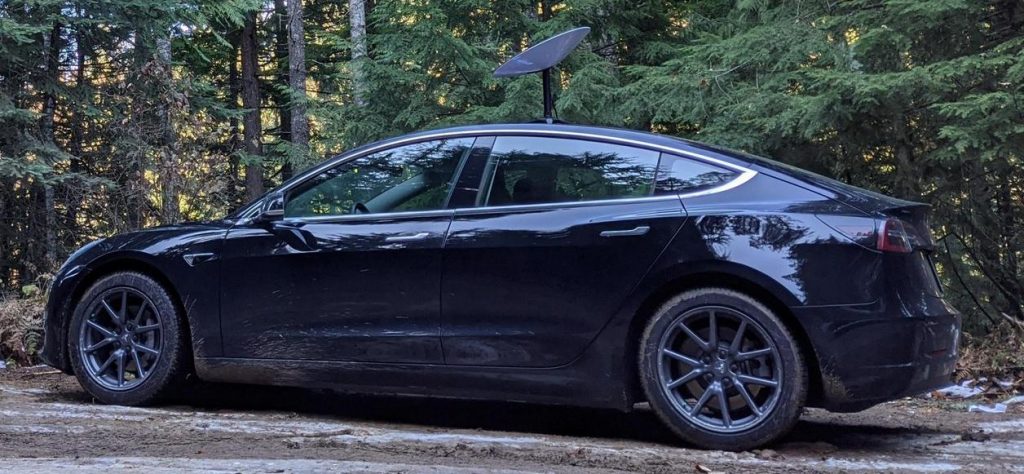
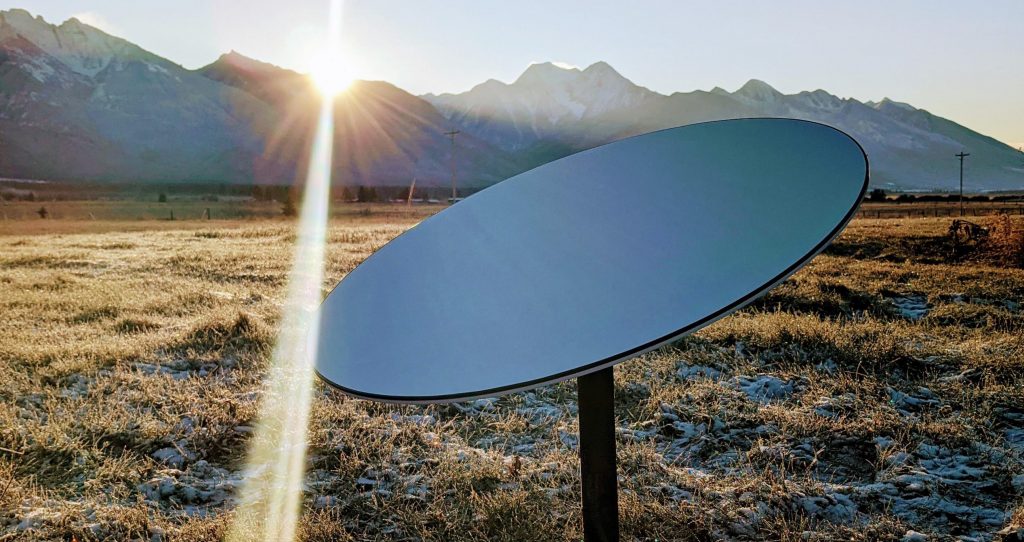
Speaking on a November 21st Reddit Ask Me Anything (AMA) thread, one of the SpaceX Starlink engineers participating revealed that the company is targeting a “wider beta” rollout as early as late-January 2021. Despite having some 820 functioning Starlink satellites in orbit, approximately a third were recently launched and are still raising their orbits or waiting in phasing orbits to properly orient themselves and maximize Starlink internet coverage.
While it’s effectively impossible to predict which orbital ‘plane’ a given batch of Starlink satellites is targeting, it’s likely that the ~300 spacecraft still making their way to operational orbits will complete their journeys within the next 60 days. In general, it takes roughly 2-3 months from any given Starlink launch for all ~60 satellites to reach their operational 550 km (~340 mi) orbits, a process usually performed in batches of 22 – each essentially representing one evenly-space ring of internet coverage a few hundred miles wide.
Despite SpaceX tracking towards a truly record-breaking year of ~25+ launches, CEO Elon Musk revealed that the company is pushing to achieve as many as 48 launches in 2021, more than half of which would likely be Starlink missions.
Tune in below to catch SpaceX’s Sunday Starlink launch live later tonight.

News
Tesla dispels reports of ‘sales suspension’ in California
“This was a “consumer protection” order about the use of the term “Autopilot” in a case where not one single customer came forward to say there’s a problem.
Sales in California will continue uninterrupted.”

Tesla has dispelled reports that it is facing a thirty-day sales suspension in California after the state’s Department of Motor Vehicles (DMV) issued a penalty to the company after a judge ruled it “misled consumers about its driver-assistance technology.”
On Tuesday, Bloomberg reported that the California DMV was planning to adopt the penalty but decided to put it on ice for ninety days, giving Tesla an opportunity to “come into compliance.”
Tesla enters interesting situation with Full Self-Driving in California
Tesla responded to the report on Tuesday evening, after it came out, stating that this was a “consumer protection” order that was brought up over its use of the term “Autopilot.”
The company said “not one single customer came forward to say there’s a problem,” yet a judge and the DMV determined it was, so they want to apply the penalty if Tesla doesn’t oblige.
However, Tesla said that its sales operations in California “will continue uninterrupted.”
It confirmed this in an X post on Tuesday night:
This was a “consumer protection” order about the use of the term “Autopilot” in a case where not one single customer came forward to say there’s a problem.
Sales in California will continue uninterrupted.
— Tesla North America (@tesla_na) December 17, 2025
The report and the decision by the DMV and Judge involved sparked outrage from the Tesla community, who stated that it should do its best to get out of California.
One X post said California “didn’t deserve” what Tesla had done for it in terms of employment, engineering, and innovation.
Tesla has used Autopilot and Full Self-Driving for years, but it did add the term “(Supervised)” to the end of the FSD suite earlier this year, potentially aiming to protect itself from instances like this one.
This is the first primary dispute over the terminology of Full Self-Driving, but it has undergone some scrutiny at the federal level, as some government officials have claimed the suite has “deceptive” naming. Previous Transportation Secretary Pete Buttigieg was vocally critical of the use of the name “Full Self-Driving,” as well as “Autopilot.”
News
New EV tax credit rule could impact many EV buyers
We confirmed with a Tesla Sales Advisor that any current orders that have the $7,500 tax credit applied to them must be completed by December 31, meaning delivery must take place by that date. However, it is unclear at this point whether someone could still claim the credit when filing their tax returns for 2025 as long as the order reflects an order date before September 30.
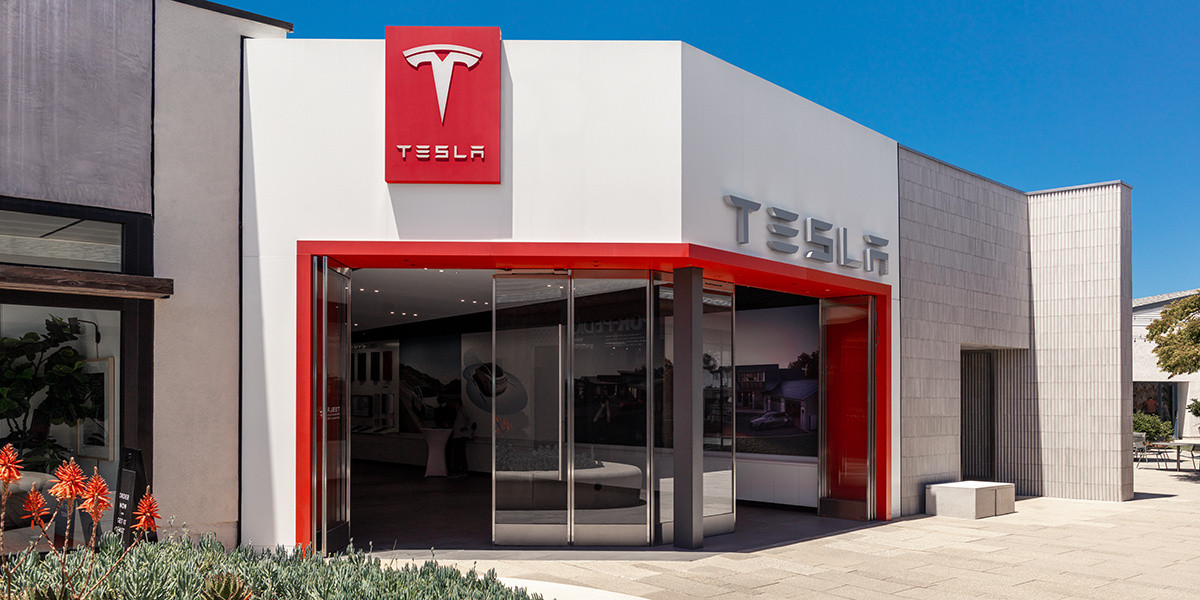
Tesla owners could be impacted by a new EV tax credit rule, which seems to be a new hoop to jump through for those who benefited from the “extension,” which allowed orderers to take delivery after the loss of the $7,500 discount.
After the Trump Administration initiated the phase-out of the $7,500 EV tax credit, many were happy to see the rules had been changed slightly, as deliveries could occur after the September 30 cutoff as long as orders were placed before the end of that month.
However, there appears to be a new threshold that EV buyers will have to go through, and it will impact their ability to get the credit, at least at the Point of Sale, for now.
Delivery must be completed by the end of the year, and buyers must take possession of the car by December 31, 2025, or they will lose the tax credit. The U.S. government will be closing the tax credit portal, which allows people to claim the credit at the Point of Sale.
🚨UPDATE: $7,500 Tax Credit Portal “Closes By End of Year”.
This is bad news for pending Tesla buyers (MYP) looking to lock in the $7,500 Tax Credit.
“it looks like the portal closes by end of the year so there be no way for us to guarantee the funds however, we will try our… pic.twitter.com/LnWiaXL30k
— DennisCW | wen my L (@DennisCW_) December 15, 2025
We confirmed with a Tesla Sales Advisor that any current orders that have the $7,500 tax credit applied to them must be completed by December 31, meaning delivery must take place by that date.
However, it is unclear at this point whether someone could still claim the credit when filing their tax returns for 2025 as long as the order reflects an order date before September 30.
If not, the order can still go through, but the buyer will not be able to claim the tax credit, meaning they will pay full price for the vehicle.
This puts some buyers in a strange limbo, especially if they placed an order for the Model Y Performance. Some deliveries have already taken place, and some are scheduled before the end of the month, but many others are not expecting deliveries until January.
Elon Musk
Elon Musk takes latest barb at Bill Gates over Tesla short position
Bill Gates placed a massive short bet against Tesla of ~1% of our total shares, which might have cost him over $10B by now
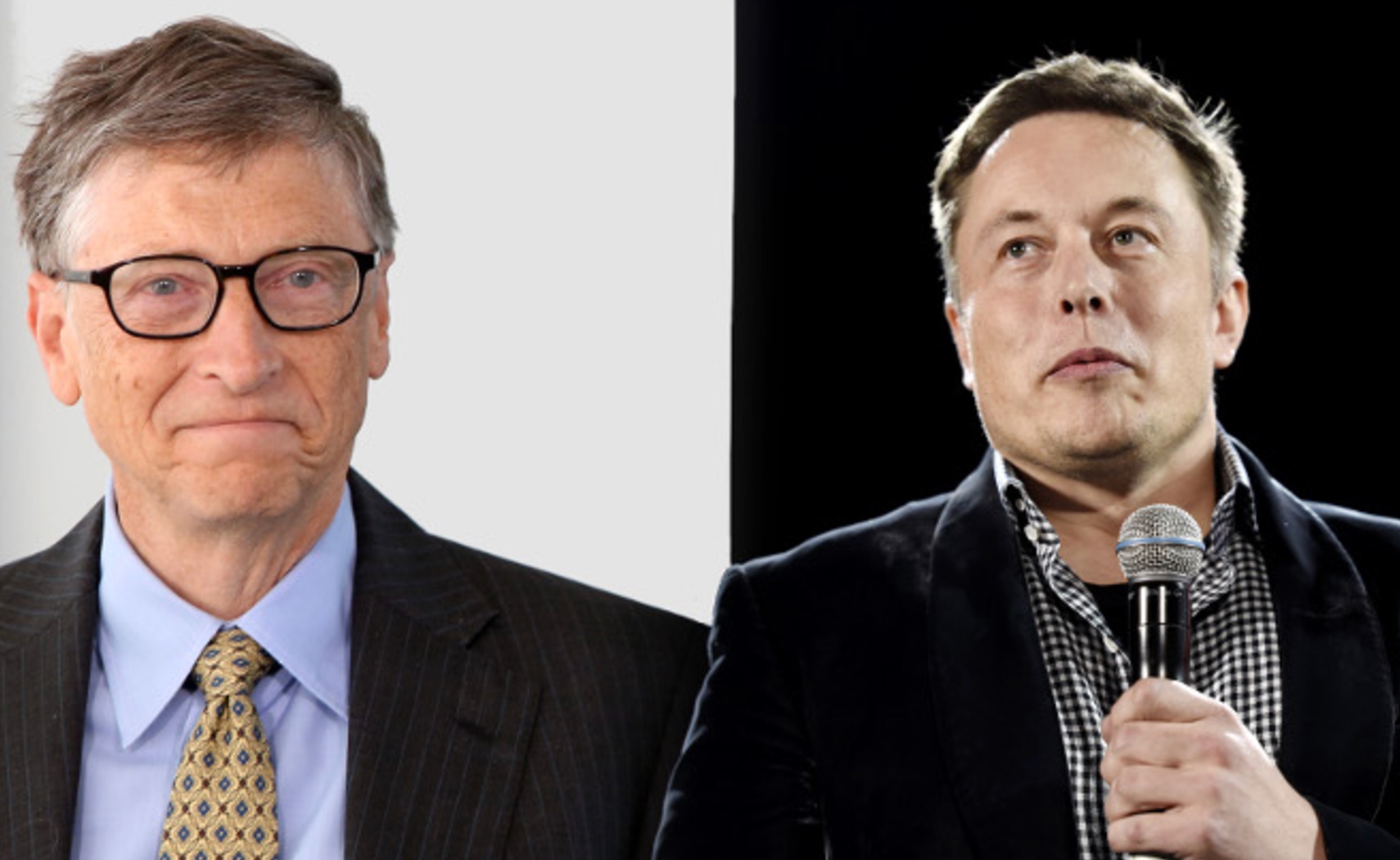
Elon Musk took his latest barb at former Microsoft CEO Bill Gates over his short position against the company, which the two have had some tensions over for a number of years.
Gates admitted to Musk several years ago through a text message that he still held a short position against his sustainable car and energy company. Ironically, Gates had contacted Musk to explore philanthropic opportunities.
Elon Musk explains Bill Gates beef: He ‘placed a massive bet on Tesla dying’
Musk said he could not take the request seriously, especially as Gates was hoping to make money on the downfall of the one company taking EVs seriously.
The Tesla frontman has continued to take shots at Gates over the years from time to time, but the latest comment came as Musk’s net worth swelled to over $600 billion. He became the first person ever to reach that threshold earlier this week, when Tesla shares increased due to Robotaxi testing without any occupants.
Musk refreshed everyone’s memory with the recent post, stating that if Gates still has his short position against Tesla, he would have lost over $10 billion by now:
Bill Gates placed a massive short bet against Tesla of ~1% of our total shares, which might have cost him over $10B by now
— Elon Musk (@elonmusk) December 17, 2025
Just a month ago, in mid-November, Musk issued his final warning to Gates over the short position, speculating whether the former Microsoft frontman had still held the bet against Tesla.
“If Gates hasn’t fully closed out the crazy short position he has held against Tesla for ~8 years, he had better do so soon,” Musk said. This came in response to The Gates Foundation dumping 65 percent of its Microsoft position.
Tesla CEO Elon Musk sends final warning to Bill Gates over short position
Musk’s involvement in the U.S. government also drew criticism from Gates, as he said that the reductions proposed by DOGE against U.S.A.I.D. were “stunning” and could cause “millions of additional deaths of kids.”
“Gates is a huge liar,” Musk responded.
It is not known whether Gates still holds his Tesla short position.








